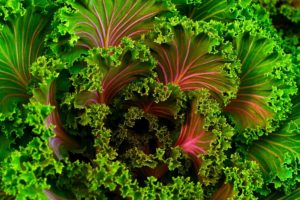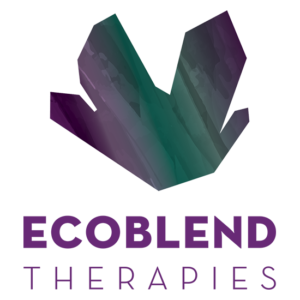
When desiring optimal skin, our knee-jerk reaction is to reach for the trendiest potion, newest drug, or harsh procedure. In many scenarios, a dermatologist’s tendency is to look at a skin problem from a singular vantage-point, which is to directly suppress the symptom presenting most obviously. The problem with that, is that it does not get to the actual root cause, which can start a cascade of resulting issues in the body and skin over time. Super frustrating, and I can speak from personal experience!
Though correlation of diet to skin performance has been downplayed for decades, the medical community is now acknowledging the increase of research that connects the quality of what we eat and how we live, to the integrity of our skin. This supports that a more holistic treatment approach (aka a whole-body approach to diet, lifestyle and skin care) can both address the root cause and alleviate symptoms.
So what does this mean? It means that often, undesirable signs on the skin are signals of imbalance within! Poor digestion, blood sugar, immune system and other system imbalance often first indicate themselves on the surface of the skin. Redness, irritation, acne, congestion, eczema, dryness, cracked skin, brittle nails, hair loss, bumpy texture, accelerated aging, dark and puffy eyes…
Do you find yourself in any of these characteristics? Then it’s your lucky day! Your skin is letting you know loud and clear that it needs food…GOOD FOOD! The diet is often the first place to start but can be completely overwhelming. So let’s start with one of the easiest first steps…Leafy Greens.
Vegetables are easily accessible, and perfectly designed to give us the goods we need to nurture our skin from within. Especially when specific micronutrient deficiencies have been linked to “skin signs” and dermal manifestations on the skin and body, according to studies from the Linus Pauling Institute on Micronutrient Research for Optimum Health.
Micronutrients are gathered through vitamins, minerals and powerful components called phytochemical or phytonutrients. Foods containing high amounts of these things are considered nutrient-dense foods and a much easier and effective way to get what our body needs.
Leafy greens, specifically, contain an abundance of crucial vitamins like Folate (B12), C, and K. These help to encourage optimal cellular regeneration and free-radical fighting, blood circulation, detoxification and brightening. Valuable minerals like iron, calcium, potassium and magnesium are also present in leafy greens to support a vast array of crucial biological functions that directly affect skin integrity and resilience. For phytochemical contribution, you get things like carotenoids, chlorophyll, lovely fiber and flavonoids. These phytochemicals provide key compounds that help protect against the free-radical attack that can cause more rapid aging, breakdown and inflammation. High glucosinolate content is also found in leafy greens, which help trigger antioxidant and anti-inflammatory response and assist liver in liver detoxification.
To further emphasize their value, Joel Fuhrman, M.D., author of the Nutritarian Handbook, ranked common foods and their nutrient density. Click below to explore and notice that the top-rated foods were all leafy greens!
